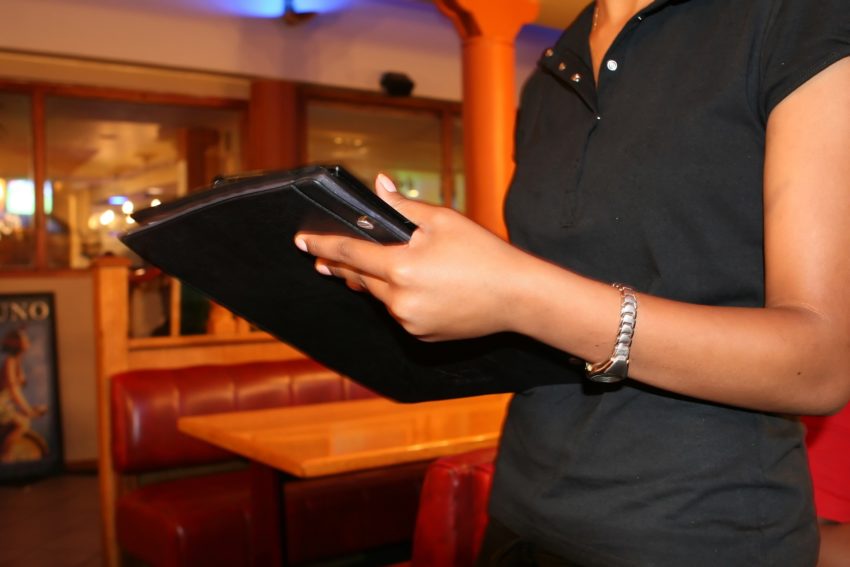
Many aspects of the restaurant industry have remained totally unchanged for decades, centuries even. The last big innovation for many western restaurants, for instance, was moving from the idea of French service (all courses delivered at once) to Russian service (one course delivered at a time).
Advancements in digital technology have helped operations in restaurants, such as state of the art POS systems, but restaurant owners also need to be exploring the best self order apps for restaurants. Why? Because of the many benefits they bring to the business.
Benefit 1: Self-Ordering Often Results in Bigger Tickets
The traditional model typically sees members of staff recommending various specials and offers to try and upsell customers and prompt additional purchases: extra toppings on pizzas, larger drinks, promoted items, etc. International fast food chains like Taco Bell have long discovered that the joys of a self-ordering system can be such that messages about food offers get across more clearly and orders tend to get bigger.
Bigger tickets means more revenue per customer and per table, and is sometimes also boosted by the novelty factor of the system itself. Where people feel awkward about ordering an extra drink, or extra side dishes, they now feel bolder and more empowered to just press a button and get it done.
Benefit 2: Efficiency
Besides a potentially healthier bottom line financially, the other big argument in favour of self-ordering systems for restaurants is their efficiency. There is invariably a transition period where customers are getting used to it — these self-order systems are not ubiquitous enough to be “common knowledge” among patrons — but well-designed interfaces are user-friendly and are usable without instruction even for those who’ve never used them before.
Customers can order immediately after being seated, which sends the request through directly to the kitchen and allows food to be prepared sooner. For restaurants this means that tables can be turned over faster, especially in busy peak times like a working lunch. Turning a table in 45 minutes versus an hour or more means more customers in and more tickets paid.
Benefit 3: They Reduce Mistakes
By putting the customer firmly in the driving seat when it comes to ordering, the kitchen is then sure to receive the exact customer requests and can act on that. Gone is the messy handwriting and incomprehensible symbols denoting who knows what on a ticket. Confusion over orders and customer needs is a big factor in slowing down service and seeing mistakes emerge. Mistakes lead to negative experiences, and possibly negative reviews. Eliminating mistakes is therefore a huge benefit. Even if a customer thinks they’ve received a wrong order, it can be instantly checked and responsibility established.
Benefit 4: Lower Labour Costs
Some will balk at the idea of machines taking human jobs, but that’s the nature of progress. With demand for local, organic food on the rise, as well as increasing overhead in utilities, rent and property fees, restaurants really have to find every way possible to keep themselves financially trim and thus competitive in a cut-throat marketplace.
Self-ordering eliminates the need for so many servers to be on the restaurant floor at any one time, thus saving on monthly salary costs. Talented serving staff can also be retrained into other positions within the restaurant, thus creating opportunities for people to learn new skills.
Benefit 5: Overcoming Labour Shortages
On the other side of the labour coin is the problem of labour shortages. The fact is that in developed countries, there are fewer and fewer local people willing to work menial jobs, regardless of the positive work experience and potential income. Self-ordering systems help restaurant operators to overcome the challenges presented by labour shortages, and allow them to focus on their more skilled talent like chefs, sommeliers, managers, etc.